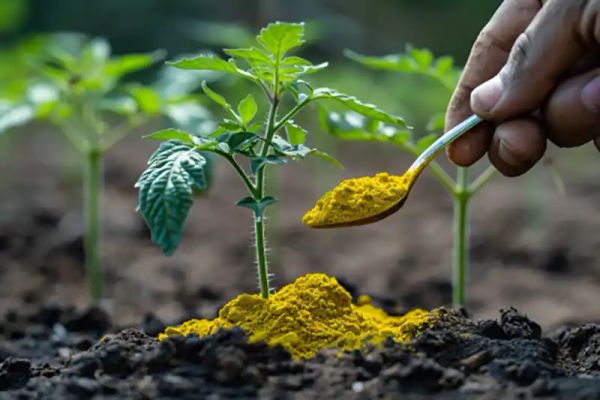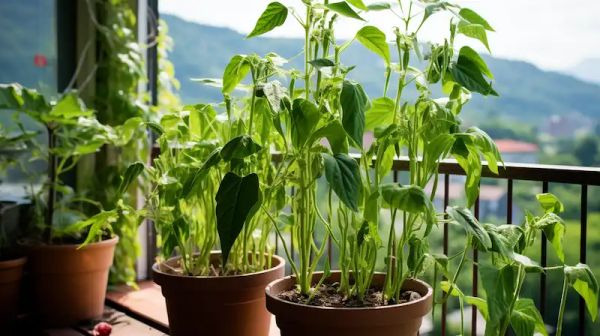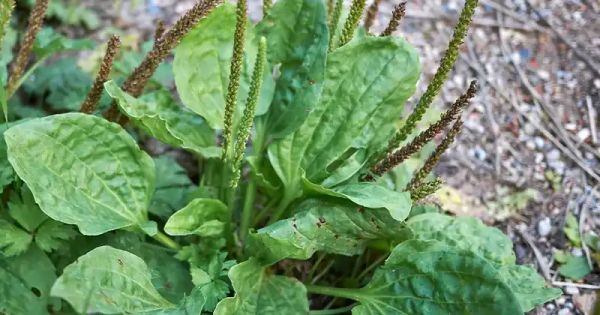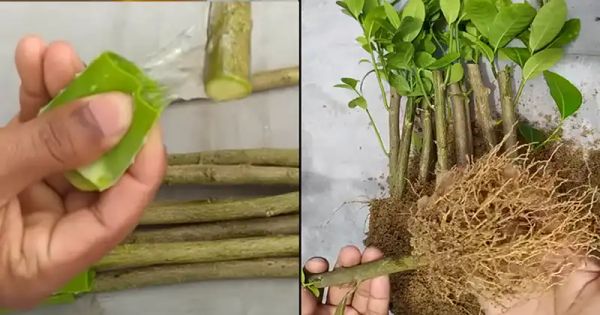Strawberries are delicious, colorful, and versatile fruits that we all love. Whether you have a big garden or a small balcony, planting your own strawberries can be a fulfilling and enjoyable experience. In this guide, we’ll take you through the process of planting, growing, and caring for strawberries. Let’s start with an interesting fact: did you know that you can get strawberry seeds by cutting the outside of a strawberry fruit and drying them on a paper towel?
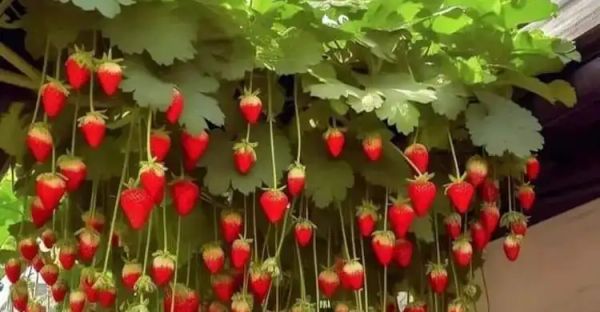
Obtaining Seeds from a Strawberry Fruit
To begin your strawberry growing journey, you can get seeds from strawberry slices instead of cuttings. Here’s how you can do it:
- Select a ripe and healthy strawberry fruit.
- Slice the strawberry fruit into thin pieces.
- Place the strawberry slices, along with their tiny seeds, on a paper towel.
- Make sure the slices are spread out evenly to prevent clumping.
- Let the strawberry slices air dry completely for a day or two.
As the slices dry, the seeds will easily come off the fruit and can be collected from the paper towel. These collected seeds are now ready to be planted and nurtured into beautiful strawberry plants.
Planting Strawberries
Selecting the Right Variety:
There are various strawberry varieties to choose from, such as June-bearing, Everbearing, and Day-Neutral types. June-bearing strawberries produce a large crop in early summer, while Everbearing and Day-Neutral varieties provide multiple smaller harvests throughout the growing season.
Picking the Ideal Location:
Strawberries thrive in full sun, so make sure they get at least 6-8 hours of direct sunlight each day. Choose a well-draining site with fertile, loamy soil. Strawberries don’t like waterlogged roots.
Preparing the Soil:
Before planting, ensure the soil is rich in organic matter and slightly acidic, with a pH between 5.5 to 6.5. Improve the soil’s fertility by incorporating compost or well-rotted manure into it.
Planting Time:
Depending on your location and climate, you can plant strawberries in the spring or fall. In colder regions, it’s best to plant in the spring so that the plants can establish themselves before winter.
Spacing and Planting:
Space the strawberry plants about 12-18 inches apart in rows that are 2-3 feet apart. Dig a hole slightly larger than the plant’s root ball, place the plant in the hole, and cover it with soil. Make sure the crown is level with the soil surface.

Growing and Caring for Strawberries
Watering:
Strawberries need regular watering, especially during flowering and fruiting. Water the plants at the soil level to prevent leaf diseases. Keep the soil evenly moist, but avoid overwatering.
Mulching:
Apply a layer of organic mulch, like straw or pine needles, around the plants. Mulching helps retain moisture, suppress weeds, and prevent the strawberries from sitting on damp soil, which can cause rot.
Fertilizing:
Feed the plants with a balanced, water-soluble fertilizer that is high in potassium and phosphorus. This will encourage healthy growth and abundant fruit production. Follow the recommended dosage on the product label.
Pest and Disease Management:
Keep a close eye on your strawberry plants for signs of pests, such as aphids, slugs, or snails. If there is an infestation, use natural remedies or insecticidal soap to avoid using chemicals. Common diseases that affect strawberries include powdery mildew and gray mold. To prevent these issues, ensure good air circulation and avoid watering from above.
Pruning Runners:
As strawberry plants grow, they produce runners that divert energy away from fruit production. To maximize fruiting, trim the runners as they appear.
The most rewarding part of growing strawberries is harvesting the juicy, sweet fruits. Depending on the variety, you can expect your first harvest within a few months of planting. Gently pick the ripe strawberries with their stems intact, making sure not to damage the plant or the unripe berries.
Growing strawberries can be a delightful and fulfilling experience, providing you with a bountiful supply of fresh, homegrown fruits. From the unique method of obtaining seeds from cutting the exterior of a strawberry fruit and drying them on a paper towel to the journey from planting to harvesting, it can be both enjoyable and educational. By providing the right conditions, consistent care, and a little patience, you can savor the sweet success of your own strawberry harvest. Happy gardening!
